Last February, I gathered with a group of editors and writers at the Meadowood Wine Writers’ Symposium, at Meadowood resort in Napa, California. The conference is an annual event, sponsored by Meadowood and Napa Valley Vintners, to encourage the craft of wine writing and to discuss the state of the wine world. The topic at hand for much of the conversation? White Claw, the hard seltzer that millennials are buying more and more of instead of wine. There was a lot of concern about that fact—wine writers, like theater critics, see part of their role as supporting the industry about which they are so passionate—and about how wine makers could appeal to younger drinkers.
The other big worry? That health-conscious younger Americans were drinking less and less of anything. Also looming over the event was the apparently imminent retirement of 80-year-old Bill Harlan, the brilliant entrepreneur and winemaker who built Meadowood. Harlan’s children, who also seem gifted, will be taking over his businesses. But Bill Harlan has been a rock in the Napa community for decades, and there was a palpable sadness about his entirely understandable decision to step away from his businesses.

It looked like the beginning of a challenging year.
We had no idea. Within weeks, COVID-19 would arrive, along with lockdowns. For winemakers, that meant a massive hit to restaurant business and vineyard tastings, which are an important revenue stream. Suddenly White Claw seemed considerably further down on the list of worries. Then, in the summer, came the California fires, which get worse with every passing year. As Esther Mobley—one of the participants at that symposium—wrote in National Geographic, “The unprecedented fire events of 2020 have left little doubt that California’s wine country has entered a new, dangerous era.” Napa was particularly hard hit—Meadowood wasn’t spared. In late September, the Restaurant at Meadowood, a three-star restaurant that epitomized Napa’s excellence in food and wine, burned in a matter of hours. So did the conference center where our symposium had gathered. That loss was emotionally devastating for the American wine community and beyond.
To their credit, winemakers have responded to all of this turbulence with some significant innovations. The inability to host winery visits and tastings led to Zoom tastings, in which winemakers could talk to writers and consumers who would sip wine and meet winemakers from the comfort of their homes. Zoom is no substitute for a trip to a vineyard, with its romance and beauty. But it’s a pretty good way to engage and inform potential buyers. (One of the finest series of Zoom tastings and seminars is led by Karen MacNeil, author of The Wine Bible and a Worth contributor.) Other winemakers—most notably Doug Shafer, of famed Shafer Vineyards—turned to podcasts and newsletters to help get the word out. The result was that while wine sales from restaurants, bars and on-premise tastings plummeted, consumers drank more wine at home. One of the reasons? They often drank a glass or two while catching up with friends on Zoom.
Still, it has been a brutal year for the industry. So, with that in mind, let me propose a win-win solution. (Or should I say—forgive me—wine-wine?) To celebrate the final month of this dreary year, we should all drink wine…every day. Thirty-one days of wine. Think about it. The industry benefits, and we get to drink a great deal of wine.

Very good wine, I hope. And to that end, here are wine suggestions to last you the entire month; think of them as a vinous (and secular) advent calendar. (To cleanse the palate, I’ve thrown in a handful of spirits.) Though my offerings range from an Argentinian red to an Italian prosecco, my focus is on Napa. It needs a shot in the arm. And we could all use a drink.
1. Avaline White Wine
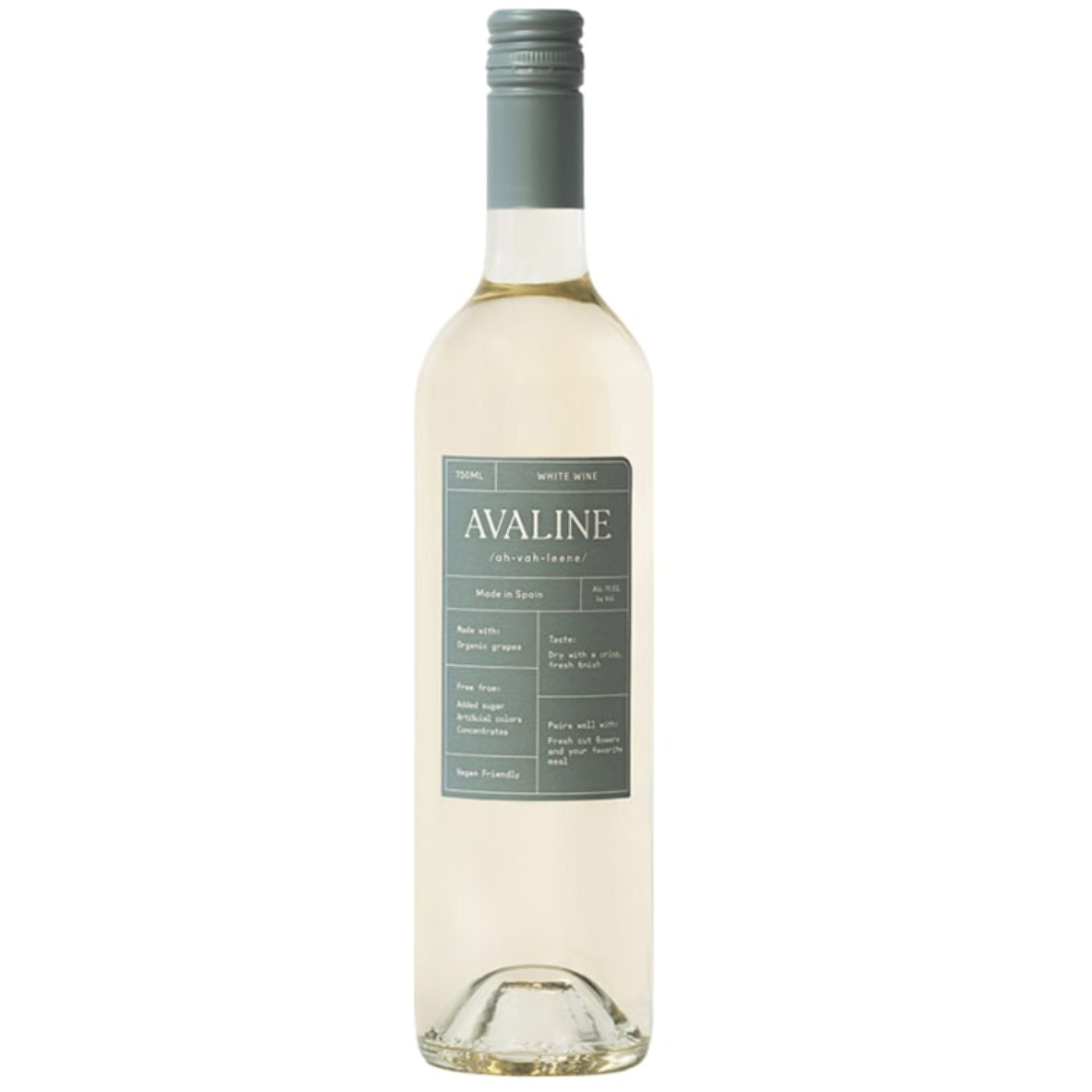
Not long ago, I was charged with bringing a few bottles of wine to a small, socially distanced and outdoor Halloween party, which raised a dilemma: What wine to bring to an event where it would be rude to bring Two Buck Chuck, but no one will be paying enough attention to the wine to justify something special? Avaline White Wine works perfectly. That may sound like damning with faint praise, but I don’t mean it to be; inexpensive and easy to drink is a wholly legitimate niche. Avaline is the product of a partnership between actress Cameron Diaz and entrepreneur Katherine Power, who market its eco-friendly status. Wine “is the only consumable that doesn’t list its ingredients,” Powers recently explained to The Hollywood Reporter. Other than “organic grapes,” Avaline White Wine also doesn’t specify its ingredients; if you care which grapes your wine comes from, Avaline isn’t for you. (Hence the deliberately generic descriptor, “White Wine.”) Avaline’s label does tell you that it “pairs well with fresh cut flowers and your favorite meal,” if that helps.
That said, Avaline is highly drinkable: It’s bright and crisp and will pair well with lots of foods (though probably not Halloween candy). I drank Avaline White Wine with roasted halibut, asparagus and peppers, and it was delicious. This is a terrific bottle when you want something good, but not too good, and there’s nothing wrong with that.
Avaline’s list price is $24.99, but you can find it for $19.99 at various sites online. For more information, visit drinkalvaline.com.
2. Shadowbox Cellars 2017 Rosé of Pinot Noir
Whenever I eventually return to Napa Valley, I want to experience the Salt and Acid Pairing at Shadowbox Cellars, a small winemaker with a tasting room in downtown Napa. To emphasize the accessibility of its wines, Shadowbox offers a tasting that pairs five wines with three flavors of potato chips from a California company called Wine Chips: Hawaiian Red Sea Salt, Dry Aged Ribeye and Smoked Gouda.
From my home, I tried the chips with this 2017 rosé. The potato chips were thick, almost rugged, with surprising flavors—ribeye might not be a flavor you’d look for in a potato chip, but it worked, and the wine was dry and crisp, almost icy, with subtle hints of peach, strawberry and cherry. Delicious.
$35, shadowboxcellars.com
3. Mayacamas 2016 Cabernet Sauvignon
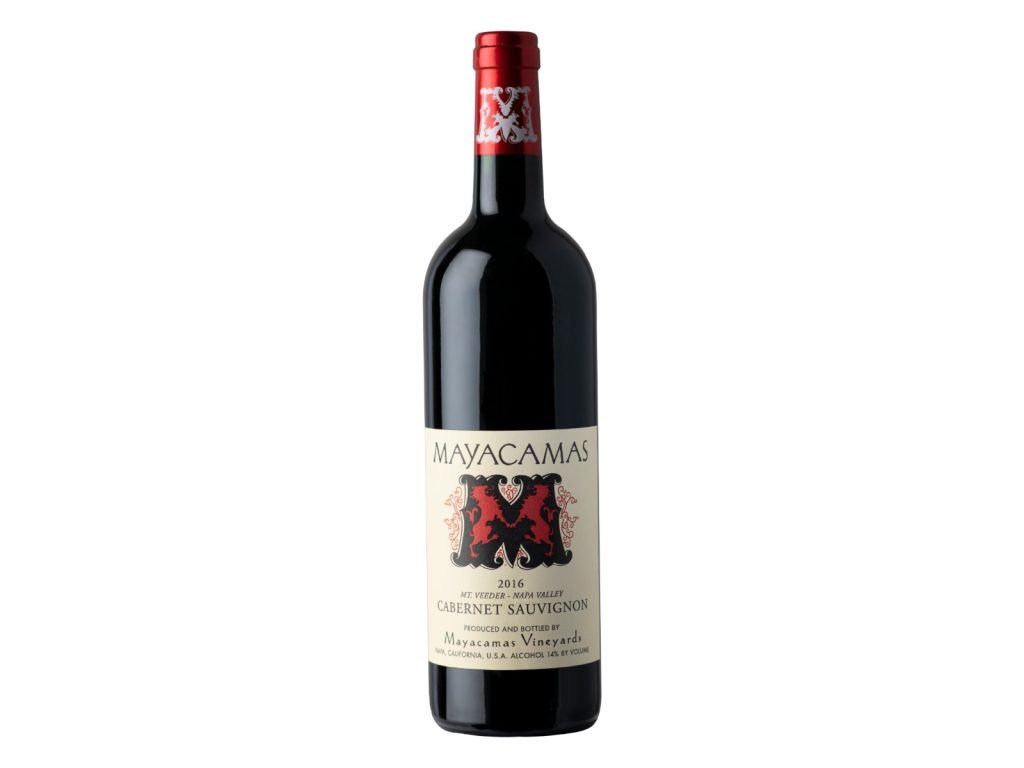
Located atop Napa’s renowned Mount Veeder, the winery at Mayacamas Vineyards has been operating continuously since 1889, and Mayacamas has earned a reputation for making some of Napa’s consistently finest cabernets. This 2016 version is no exception. Its tasting notes describe the nose as “bright with raspberry and resinous pencil shavings,” though I have to admit I didn’t pick up the latter. What I did get was a confident, sophisticated cabernet with notes of cherry, plum and herbs. This cab tastes like it’s made by a winery that knows the virtues of age.
Mayacamas sells most of its wine through a mailing list—you can sign up at mayacamas.com—but you can find the 2016 Cabernet Sauvignon online starting at around $135.
4. Grounded by Josh 2019 California Sauvignon Blanc

Josh Phelps, who grew up in Napa Valley, created his Grounded Wine Company to make good, inexpensive wines that would appeal to new and/or younger wine drinkers (i.e., millennials). With names like Collusion, Central Coast Space Age and Public Radio, Phelps’ wines range from this modestly priced white to a $50 cabernet—a bargain by Napa standards. The nice thing is, they’re pretty good.
This sauvignon blanc is balanced, fresh and grassy, with hints of white peach and gooseberry. You don’t have to be a millennial to appreciate good value in a good wine.
$15, groundedwineco.com
5. GlenDronach Port Wood Highland Single Malt Whisky
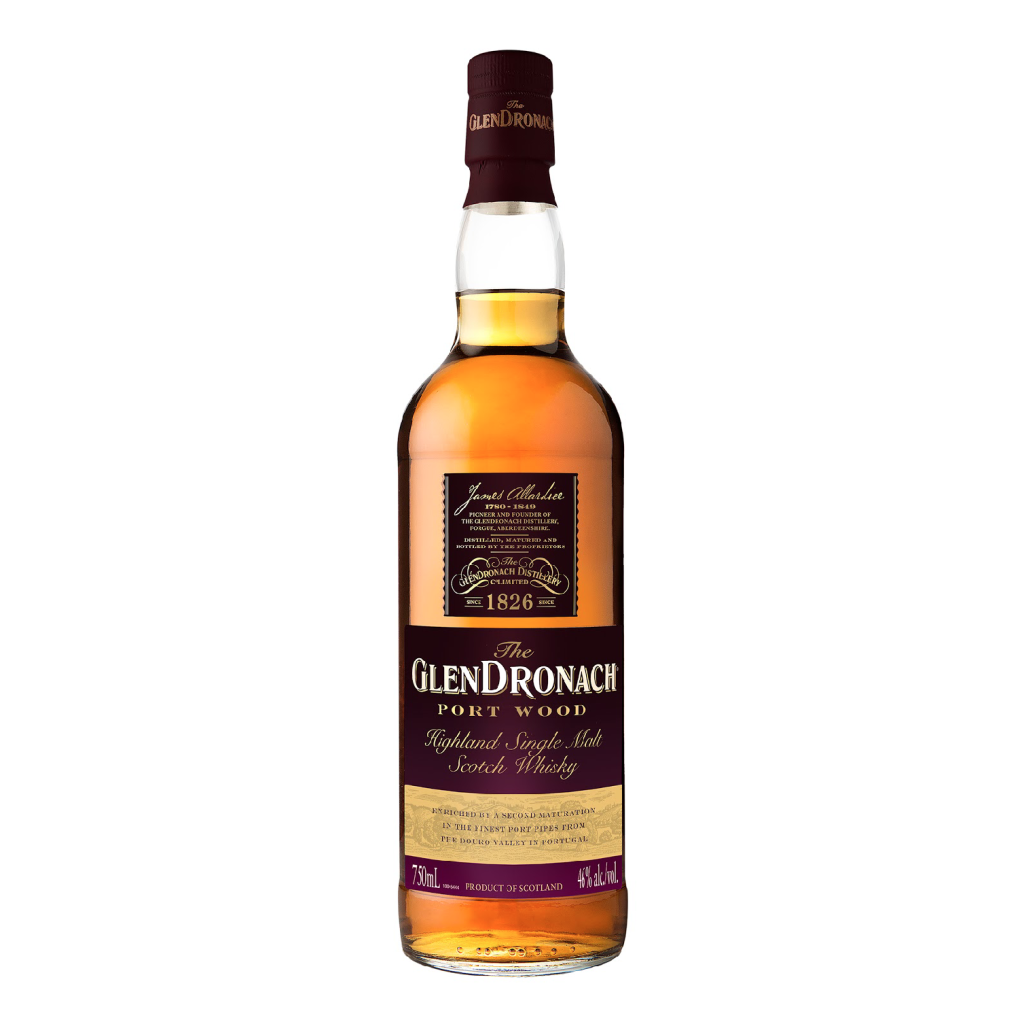
This single malt goes through an atypical process before coming to fruition: It’s matured first in GlenDronach’s Pedro Ximénez and Oloroso sherry casks, then moved to port pipes—the term comes from pipa, the Portuguese word for barrel—from Portugal’s Douro Valley. The result is a whisky that’s layered with rich, intense flavors. You might pick up notes of plum, raspberry and blackberry (GlenDronach means “Valley of the Brambles”), and then later cranberry and orange, along with hints of spice. There’s a lot going on here, and it’s all good.
$89.99. For more information, visit glendronachdistillery.com.
6. Quinta do Regueiro 2018 Barricas Alvarinho
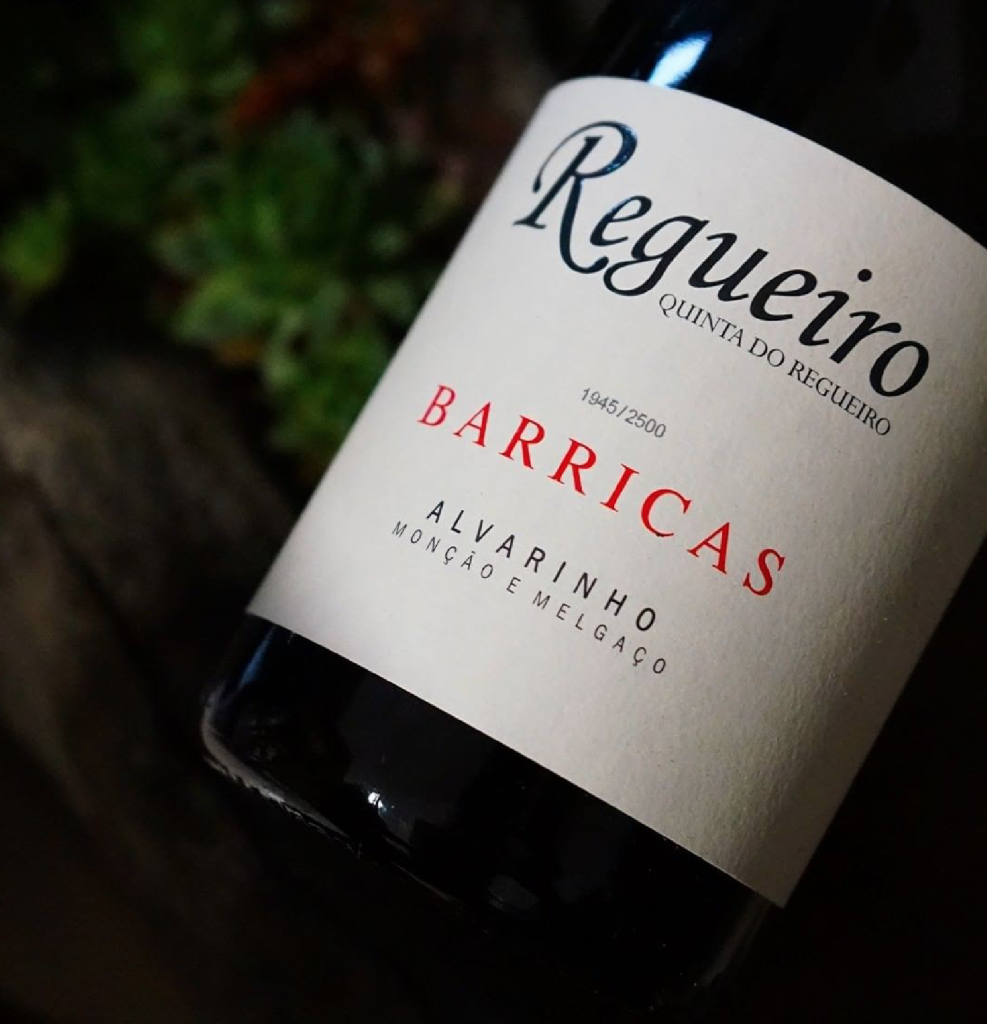
This creamy white wine from Portugal’s Monção e Melgaço sub-region is a reminder of how many terrific wines there are under $20, especially if you’re willing to experiment with wines from smaller producers and smaller countries. I’d drink this fruity, citrusy alvarinho with any number of holiday-oriented foods, including turkey or a strong fish, like swordfish or salmon.
Available online for less than $15.
7. Hamel Family Wines 2017 Nuns Canyon Vineyard
The Hamel family has been practicing biodynamic farming at their Sonoma vineyards since 2017. What does that mean, exactly? Biodynamic farming has many similarities to organic farming but is based on sometimes disputed concepts revolving around the concept of agricultural harmony. Thus, the Hamels talk about four “classical elements” in their winemaking: earth, water, air and fire. Make of that what you will, but the Hamel family is passionate about making excellent wines, and it shows. This red wine is earthy, bold, structured and, I suspect, will only improve with age. The 2017 is available soon, but in the meantime, I recommend the equally excellent 2016 vintage, available here.
$160 at hamelfamilywines.com.
8. ZD Wines 2019 Sauvignon Blanc
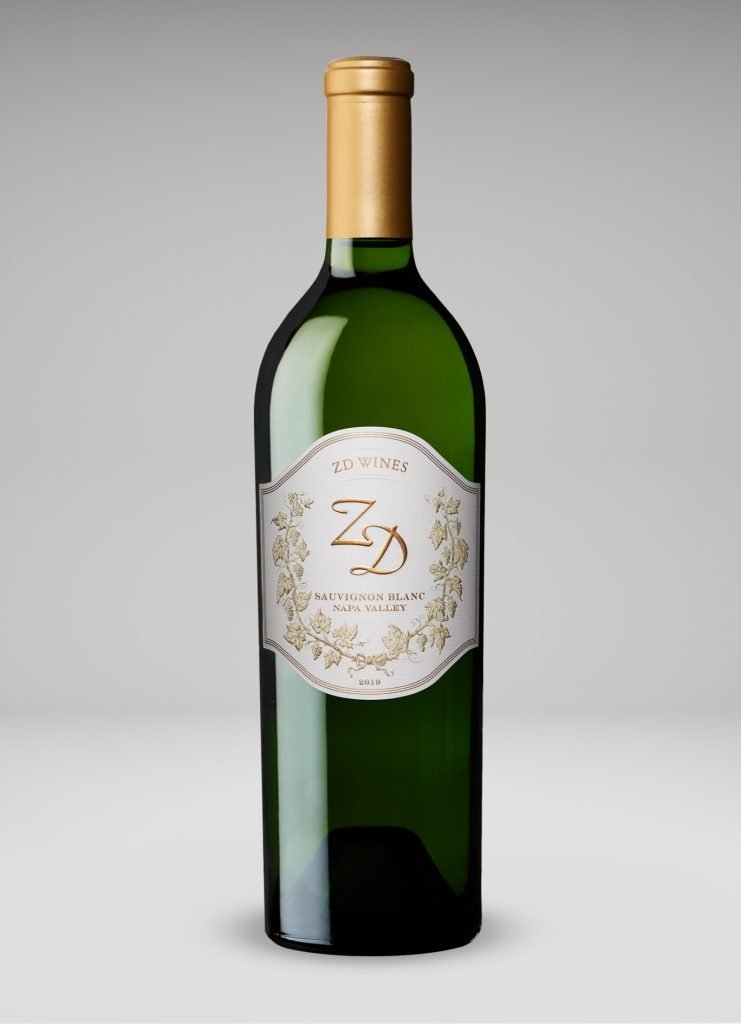
ZD Winery was founded by an aerospace engineer named Norman deLeuze in 1969, and for the last quarter century, ZD focused on producing three wines—chardonnay, pinot noir and cabernet sauvignon. ZD introduced this sauvignon blanc this year, and it is a welcome addition to ZD’s roster. Avoiding the grassy and lemony qualities that can overwhelm some sauvignon blancs, this wine has notes of apple, pear, honeysuckle and peach.
$27 at zdwines.com.
9. 2015 Cantine Florio Vecchioflorio Marsala Superiore Secco
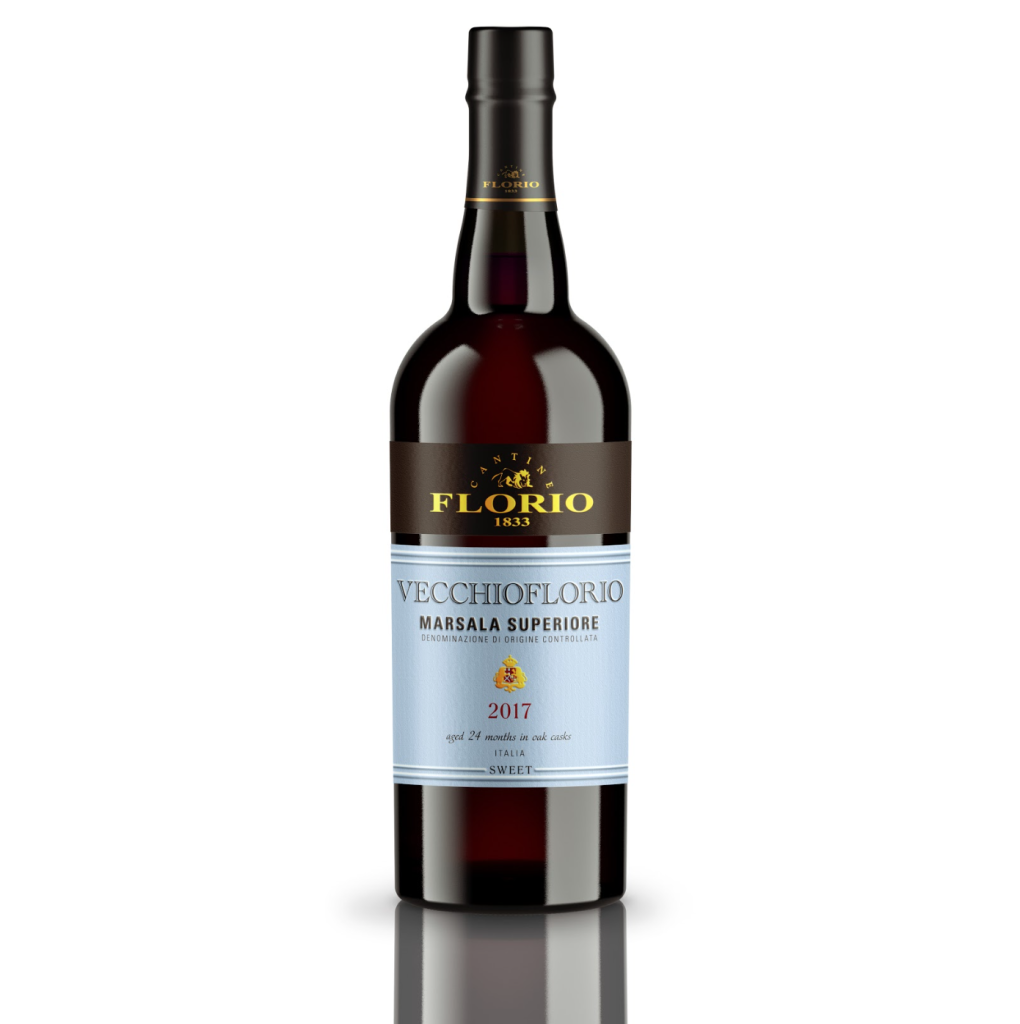
Most Americans probably think of marsala wines, made in southern Italy, for their use in cooking—chicken marsala, of course—but it’s worth considering these fortified wines for other reasons. Marsala is a fortified wine, which means that winemakers introduce a distilled spirit (brandy, typically) into the grape juice during fermentation. (The technique was originally used to lengthen the shelf life of wines, and indeed, a marsala can be drunk weeks after it’s opened.)
The dry marsalas work well as an aperitif, with a spicy cheese or dried fruit, while the sweeter ones go well with dessert or in cooking. This superiore marsala, aged for at least two years, falls on the sweet side of the spectrum. And at about $12 a bottle, it’s an inexpensive way to try something new.
Available at winesearcher.com and other websites.
10. Priest Ranch 2015 Coach Gun
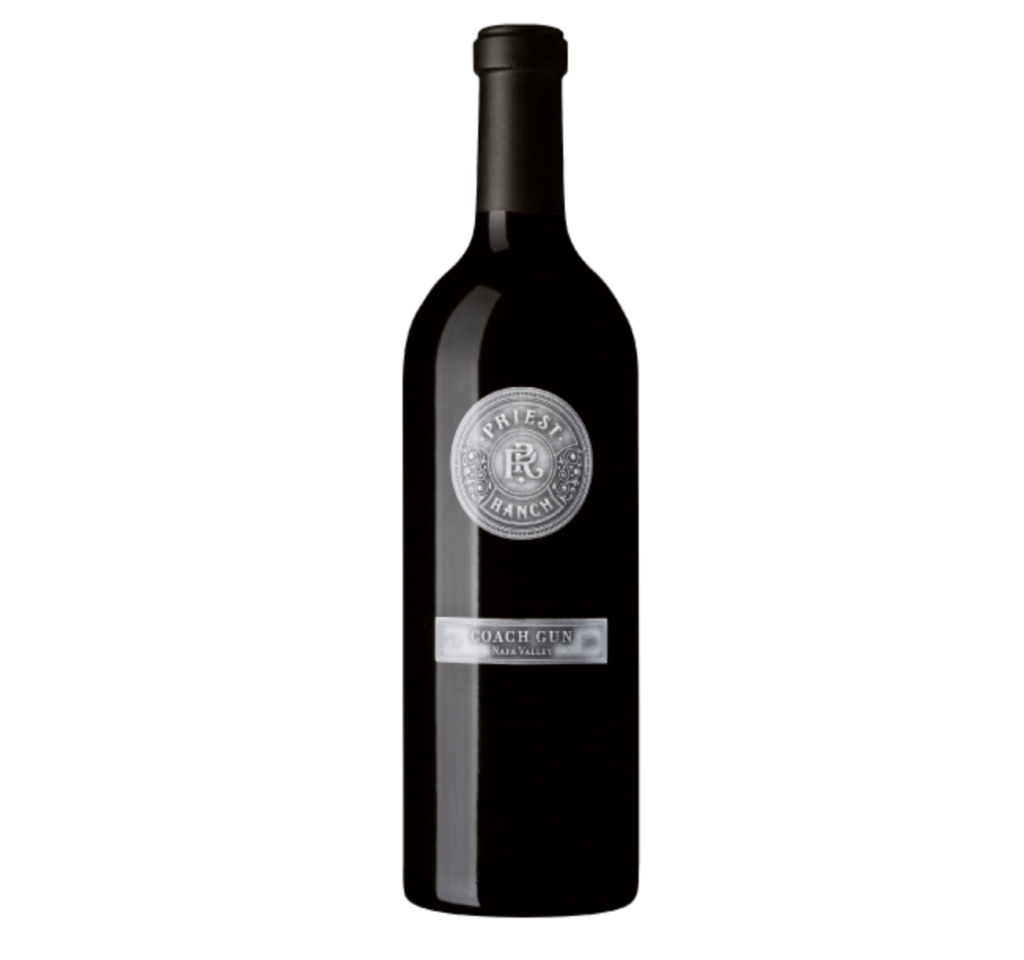
The 15-year-old Priest Ranch winery lost some 1,400 acres to fire this year, which is devastating. But the winery has committed to restoring what was lost, while adding greater clearance around its equipment, additional water tenders and new fire breaks, as well as advocating for long-term forest management. Such resilience is especially heartening because Priest Ranch makes excellent wine. I like the 2015 Coach Gun, a blend of 50 percent cabernet sauvignon, 30 percent petit Verdot and 20 percent malbec. There’s some vanilla bean and black cherry on the nose, followed by licorice, blackberry and coffee bean. It’s a delicious blend.
$80 at priestranchwines.com.
11. Equiano Rum Company African and Caribbean Rum
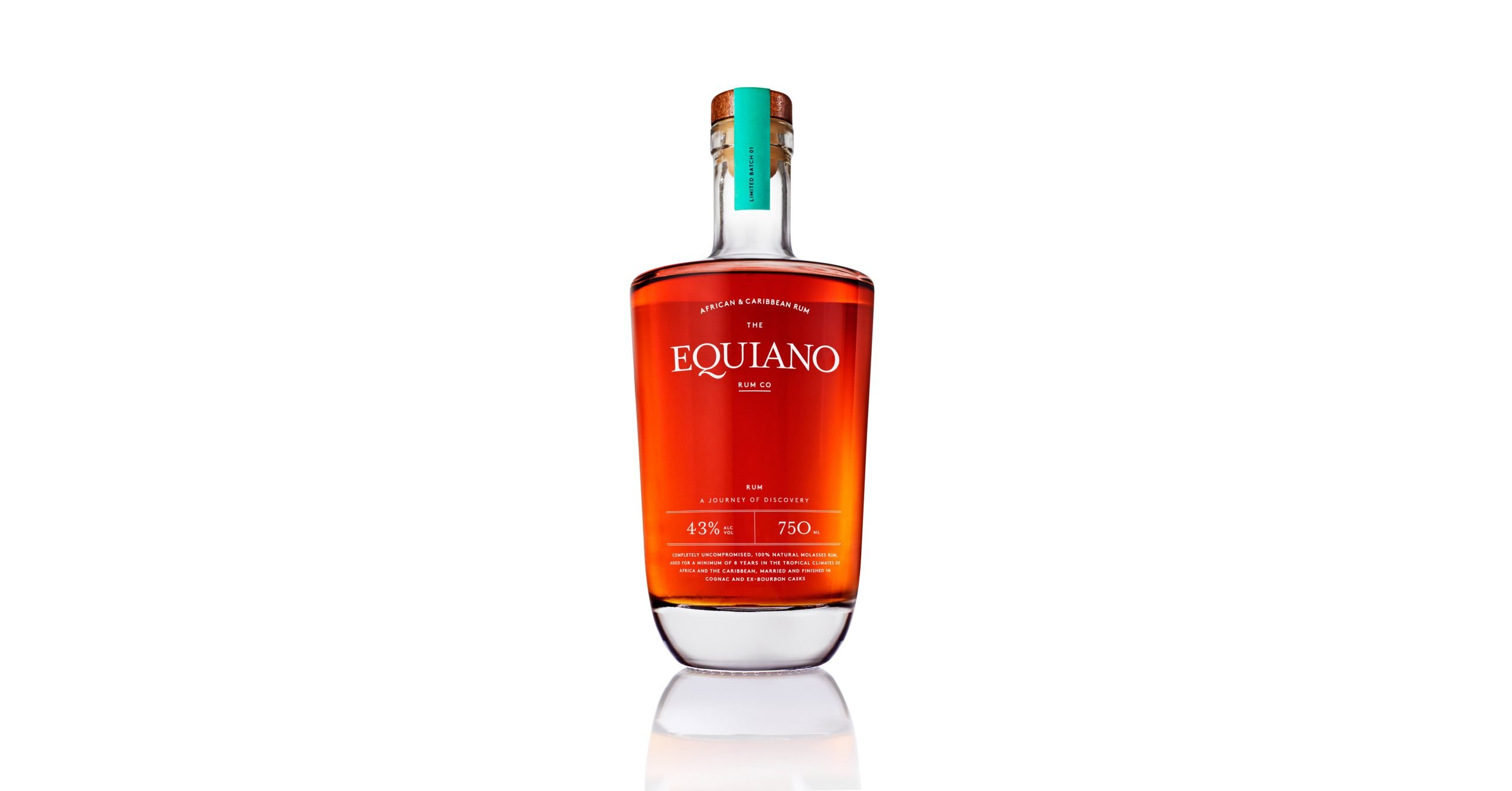
Equiano is named after Olaudah Equiano, not a well-known figure in the United States but a remarkable man; born in what is today Nigeria, Equiano was kidnapped and sold into slavery while a child. After being sold several times, Equiano managed to purchase his freedom in England in 1766 and became one of the most important writers in the British anti-slavery movement.
Accordingly, this rum is a blend of liquid from distillers in Mauritius and Barbados, and the founders of this two-year-old company say that Equiano is the first African-Caribbean rum. That back story may or may not matter to the person who drinks it, but in any event, Equiano stands on its own merits as a deep, rich dark rum that works well in margaritas, Old Fashioneds, Manhattans or just sipping straight.
$59.99 at equianorum.passionspirits.com.
12. Artesa Estate Vineyard 2017 Chardonnay
This chardonnay from a 30-year-old Napa winery suggests apple, lemon, melon and pear; Robert Parker’s Wine Advocate and Wine Spectator give it 90 and 91 points, respectively. But what I like in particular about it is the modest price, which reminds you that an excellent wine doesn’t have to cost a lot of money.
$23 at artesawinery.com.
13. Benovia 2017 Sonoma Mountain Grenache

I have a soft spot for Benovia wines. Partly it’s because Benovia vice-chairman Mary Dewane and chairman Joe Anderson are lovely, humble people who came to the wine world after impressive careers in health care and having made giving back central to their second careers in wine. The other reason is that winemaker Mike Sullivan, once assistant winemaker to the now iconic Helen Turley, is really, really good.
Benovia is best known for its pinot noir, but it’s fun to try some of their less well-known wines, like this grenache, which comes from the Four Brothers Vineyard (owned by Sullivan’s parents and named for him and this three brothers) on northwestern Sonoma Mountain. A blend of grenache, syrah and, unusually, a small percentage of Alicante Bouchet, this wine has aromas of plum, black cherry and currants, followed by licorice, spices and a touch of mesquite.
$45 at benoviawinery.com.
14. To Kalon Vineyard Co. 2017 Highest Beauty
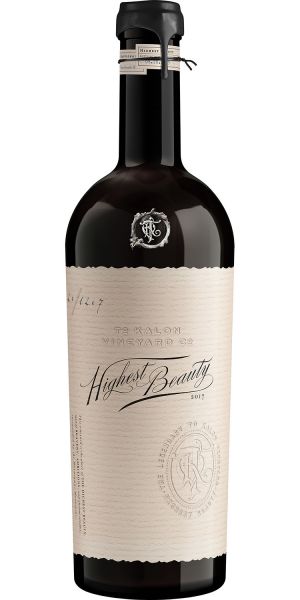
Napa’s To Kalon Vineyard has earned such a storied reputation, and has become such a powerful brand, that lawsuits have been waged over the use of its name on wine labels. Constellation Brands, the massive consumer products company, owns most of To Kalon through subsidiary Robert Mondavi Winery, and in 2019, launched To Kalon Vineyard Co. to further leverage the power of the To Kalon brand. This superb 2017 cabernet has flavors of raspberry, blackberry, vanilla bean and frankincense. It’s a big wine that would certainly benefit from decanting before drinking or, if you have the patience, putting in the wine cellar for a few years.
$300 at tokalonvineyardcompany.com, but available for about $200 elsewhere online.
15. Far Niente 2018 Cabernet Sauvignon
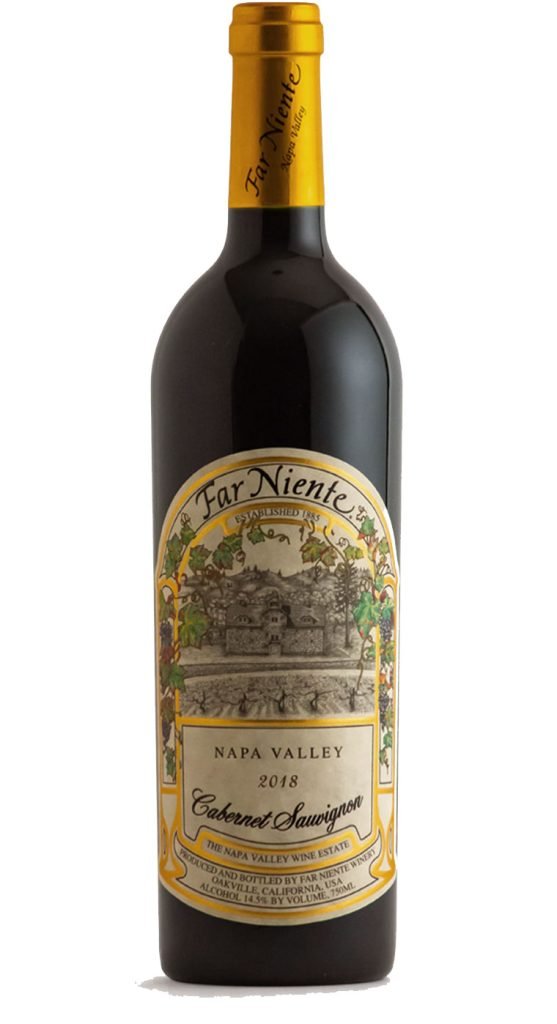
The Far Niente winery has quite the history; it was founded in Napa in 1885 by a man named John Benson, who had come to California during the gold rush of 1849 and, curiously, happened to be the uncle of painter Winslow Homer. The winery was abandoned following Prohibition in 1919 and left to crumble for the next 60 years, until Gil Nickel, a former rocket scientist from Oklahoma turned student of wine, purchased and renovated Far Niente. Nickel died of cancer in 2003, but his obsession with excellence persists in Far Niente’s wines, like this classic Napa cab, which opens with notes of chocolate, cassis, vanilla and almonds, followed by intense fruit flavors and notes of toasted oak and spice. Drink it now with a hearty meal or put some in the cellar.
$145 at farniente.com.
16. Robert Mondavi Winery 2017 The Reserve Cabernet Sauvignon (To Kalon Vineyard)
Congratulations—you’re halfway through December, which can be a wonderful month but is usually an exhausting one. Salute yourself by opening up a special bottle. Using grapes from the renowned To Kalon Vineyard in West Oakville, this cabernet might make you think of vanilla, currants, cocoa powder and cinnamon, but the overwhelming sensation is one of depth and character.
$175 at robertmondaviwinery.com.
17. Ehlers Estate 2019 Sauvignon Blanc
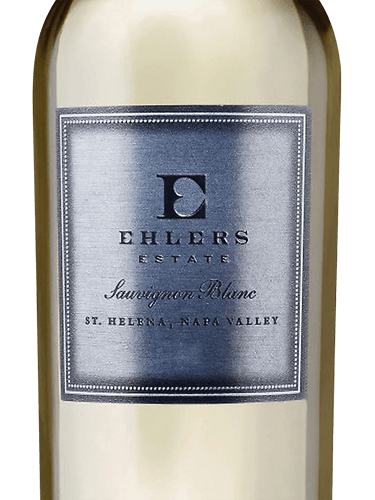
After a visit to Ehlers Estate about five years ago, I’ve consistently enjoyed the wines from this St. Helena vineyard. Winemaker Kevin Morrisey has since left Ehlers, and it will be interesting to see if new winemaker Laura Diaz Munoz, who hails from Spain, will change the winery’s direction. In the meantime, this sauvignon blanc is a reminder of how consistently excellent Ehlers wines have been. Aromas of orange blossoms, Meyer lemon and light pineapple are followed by tastes of citrus and white peach.
$32 at ehlersestate.com.
18. Redhawk Vineyard & Winery 2018 Pinot Noir
I was given a bottle of this limited-edition wine, which was made to be sold at “Willamette: The Pinot Noir Auction,” an annual event intended to raise the profile of Willamette Valley wines. I wish I could buy another; this pinot was complex and elegant, with rich flavors of cherry, blackberry and cassis. Instead, I’d recommend other pinots from Redhawk, such as the 2018 Pattacoli Family Vineyard Pinot Noir.
$37 at redhawkwine.com.
19. Mount Veeder Winery 2017 Reserve

Mount Veeder Winery began as a prune orchard about 50 years ago before its owners transformed it into a winery, which can only be considered a profound improvement. Today, its grapes come from vineyards at elevations ranging from 1,000 to 1,600 feet, which translates into milder days and cooler nights for growing. A blend of mostly cabernet sauvignon, with six percent malbec and four percent merlot, this vintage of a Mount Veeder staple has notes of blackberry and cassis, along with hints of coffee, sage and cherry.
$100 at mtveeder.com.
20. Aperture 2019 Barrel Fermented Sauvignon Blanc
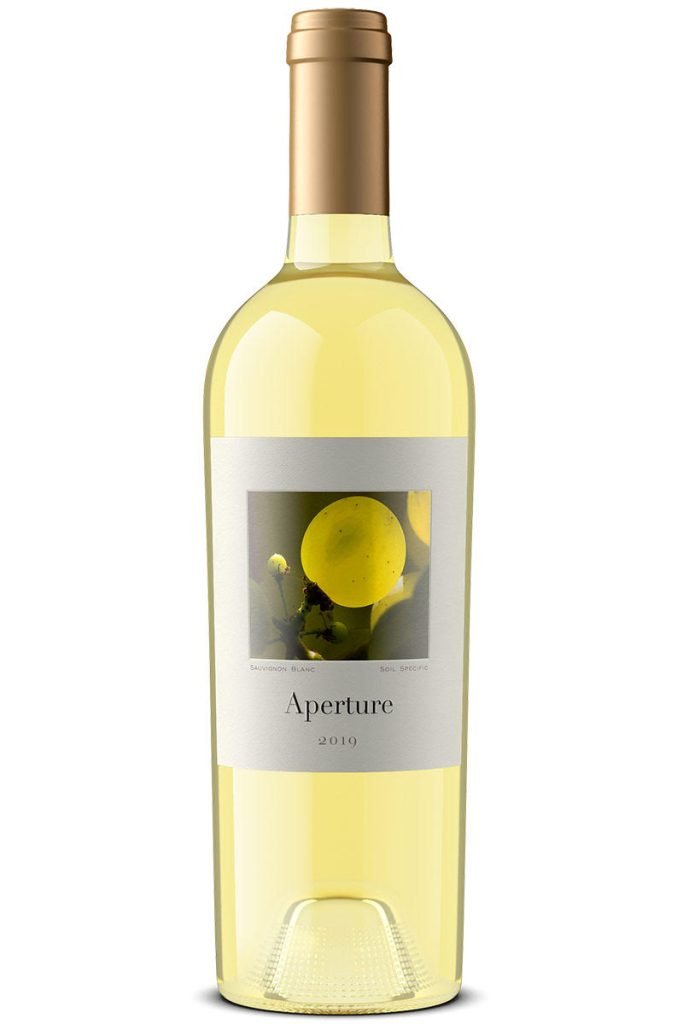
For several years I’ve admired the wines from this Sonoma winery founded by wine photographer Andy Katz and his son Jesse. (Andy took the photograph on this label; Jesse is the winemaker.) This white is one of their finest. In the style of a Bordeaux blanc, the sauvignon blanc grapes here are blended with a small amount of Sémillon. The result is a wine that is sophisticated but energetic, rich with mineral-laced fruits. A delicious blend of Old World and New.
$40 at aperture-cellars.com
21. Stags’ Leap 2017 The Leap Cabernet Sauvignon
Afficionados of this renowned winery, as well as newcomers, will find much to appreciate in this estate wine, which evokes adjectives such as intense, complex and robust. It’s an excellent example of a paradigmatic Stags’ Leap district cab, with lots of dark fruit, mocha, espresso and spice. You can drink this wine now, but patience would also pay off; it’s likely to be even better in five to 10 years. On second thought, it’s 2020—drink it now. You’ve earned it.
$115 at stagsleap.com.
22. Lail Vineyards 2018 Georgia Sauvignon Blanc
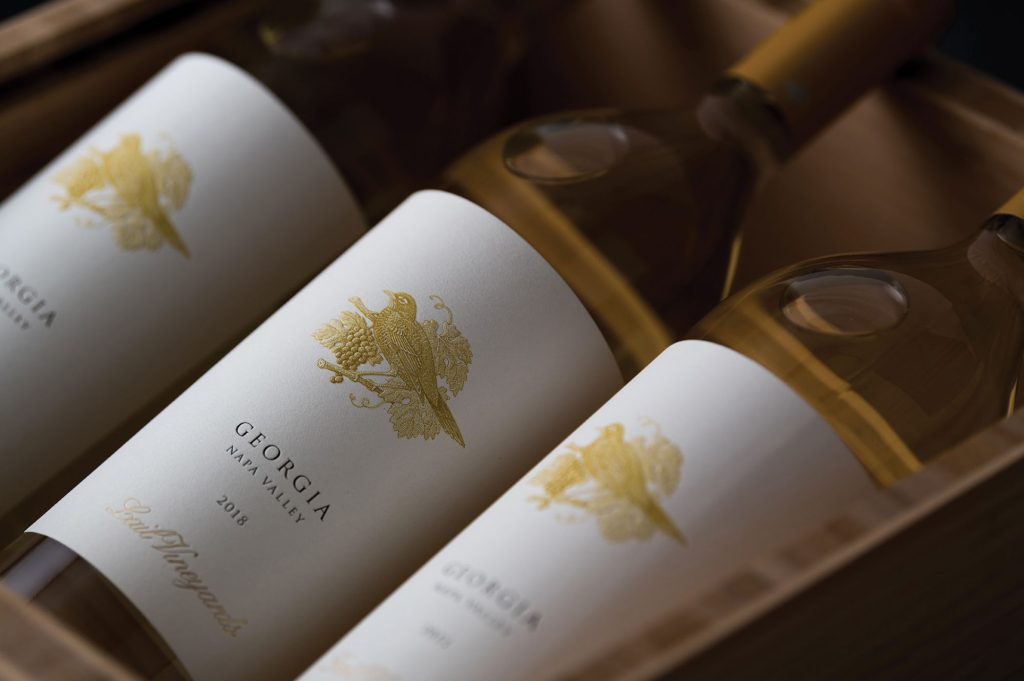
It’s hard to pick a favorite wine from this small Napa producer; Lail doesn’t make a lot of wine, four cabernet sauvignons and two sauvignon blancs in very limited amounts, and the wines are all excellent, rigorously and passionately made with an Old-World sensibility. Perhaps the most special is this sauvignon blanc, whose depth and complexity take sauvignon blanc to a level many wine drinkers wouldn’t expect. The Georgia Sauvignon Blanc opens itself up gradually, revealing tastes of pear, pepper, peaches and honeysuckle, all restrained but palpable. The price might surprise most white wine buyers with preconceived notions about the potential of white wine, but only before tasting this remarkable sauvignon blanc.
$155 at lailvineyards.com.
23. Tenuta di Arceno 2015 Arcanum
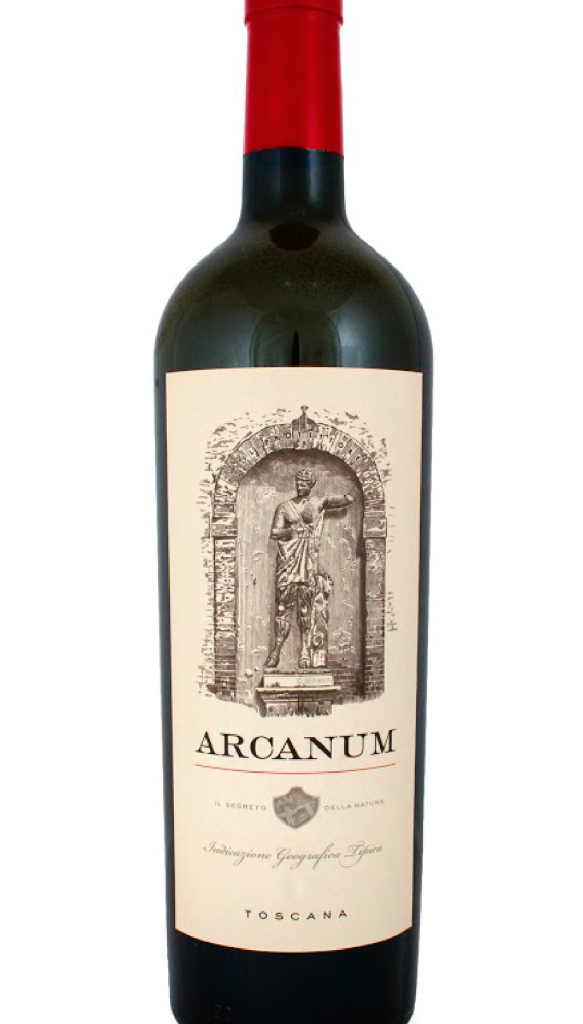
Tenuta di Arceno considers this Bordeaux-inspired wine—a blend of 73 percent cabernet franc, 17 percent merlot and 10 percent cabernet sauvignon—its finest, and you can taste why. The Arcanum is a robust but not overpowering wine, with notes of flowers, fig, chocolate and fruit, suitable for drinking now or waiting a few more years.
Available online for around $100.
24. High West Distillery Barrel-Finished Old Fashioned and Barrel-Finished Manhattan
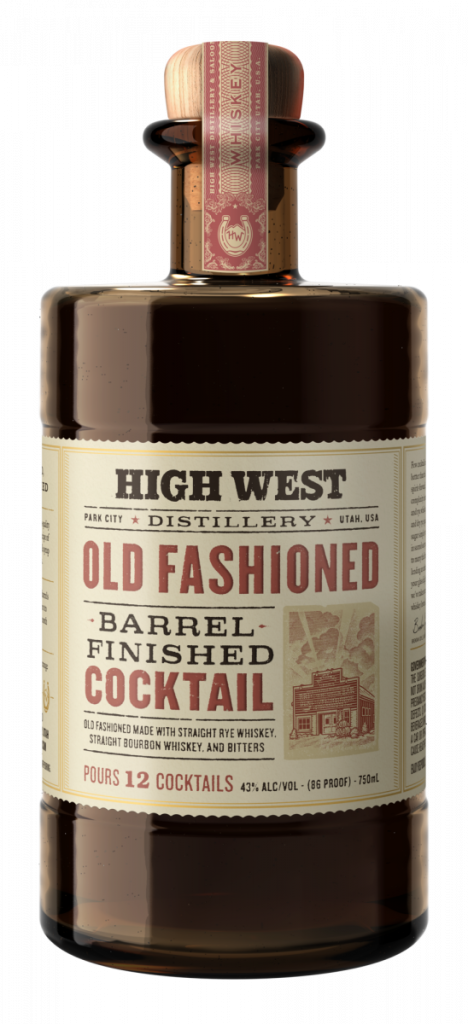
Who doesn’t love a good cocktail on a cold winter’s night? I certainly do, but I’m not much good at making them. So, it’s a delight to see these two ready mixed cocktails from High West, a Utah distillery whose whisky has become popular over the past few years. They’re both made with a mix of bourbon and rye—and are ready to serve with ice and a twist of lemon or orange for the Old Fashioned and a Luxardo cherry for the Manhattan. They’re so good, you’ll feel as if you were out for a special dinner, another experience we could all use more of.
About $50 at liquor stores.
25. Shafer 2016 Hillside Select
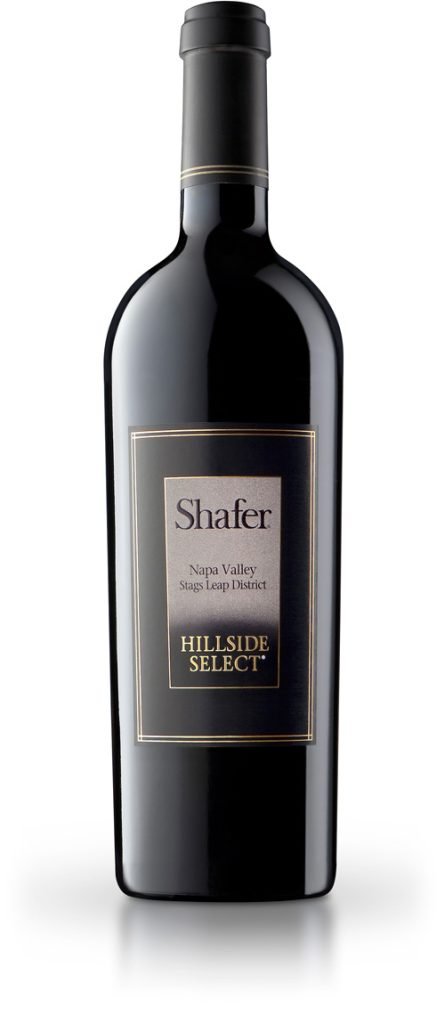
You don’t have to save Shafer’s Hillside Select for a special occasion, but opening a bottle of this Napa standard-bearer always feels like one. Year in and year out, Shafer’s Hillside Select is simply outstanding. This purple-hued edition seems to reveal more flavors the longer it lingers in the mouth—blackberry, chocolate, all-spice, blueberry and licorice came to me, but other reviewers note leather, sandalwood, unsmoked tobacco, crushed rocks and pencil lead. Only wine writers will ever detect some of the aforementioned, but don’t be put off: Even to the uninitiated, Hillside Select feels—and tastes—special.
In theory, Shafer wines are available only to members of the Shafer mailing list, but you can find this one online for about $275.
26. Ram’s Gate 2018 Chardonnay (El Diablo Vineyard)
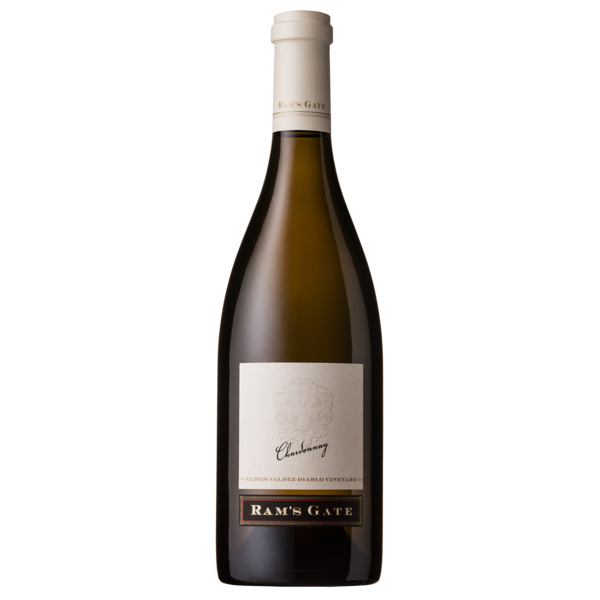
Ram’s Gate is a small producer located in Sonoma’s Carneros AVA; the name is a translation of “Carneros” (rams) and a nod to the fact that it’s the first winery you come to if you’re driving from San Francisco to Sonoma. A relatively new winery at about a decade old, Ram’s Gate is making some excellent wine under the guidance of winemaker Joe Nielsen. This chardonnay leans toward a more classical style for the grape, with notes of key lime and lemon verbena on the nose followed by vanilla bean and a hint of crème brûlée.
$70 at ramsgatewinery.com.
27. Lobos 1707 Tequila, Extra Anejo
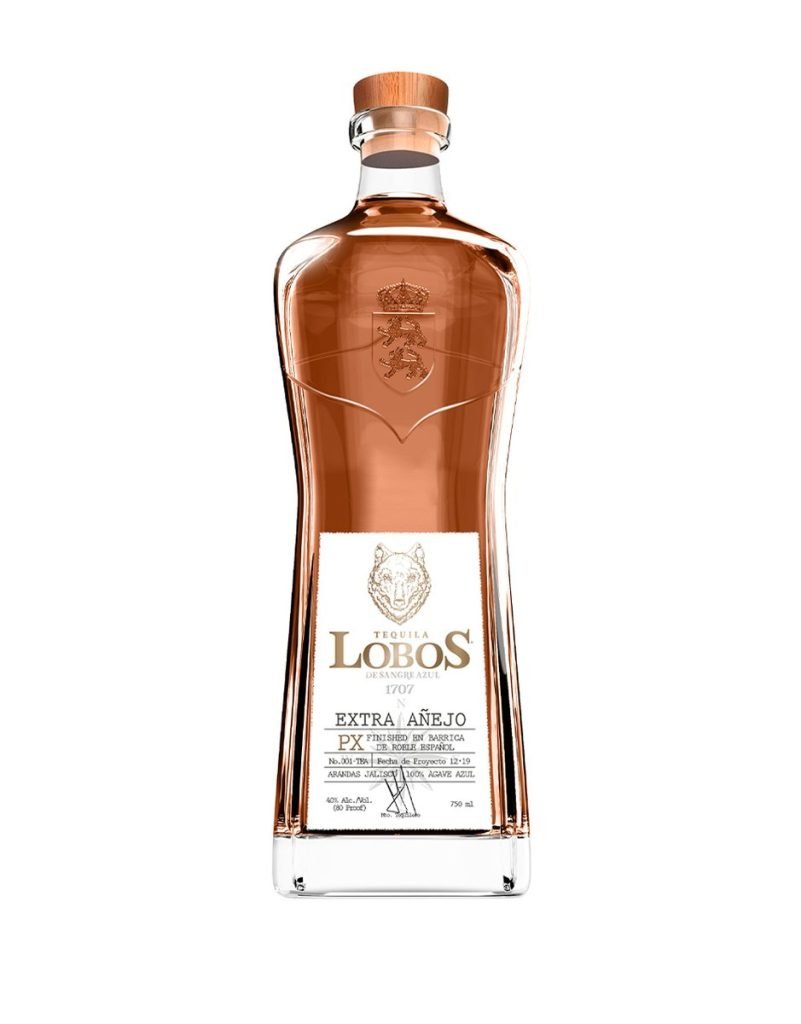
And now for something completely different. LeBron James is an investor in this new tequila brand, but that doesn’t mean the liquor is just a gimmick. Sipped straight or with ice, this finely crafted tequila reveals notes of citrus, tobacco, roast coffee and cocoa—a fine drink for a winter’s night.
$159 at reservebar.com.
28. Villa Sandi Il Fresco Brut Prosecco DOC
Even though champagne gets most of the attention this time of year, it’d be a mistake to overlook this sparkling wine from Italy. Prosecco has been attracting attention in recent years due largely to the fact that there are so many good, reasonably priced proseccos; consumers have been drinking them on their own merits, and not just as a low-priced alternative to champagne. This bottle is a fine example of that. Fresh and bright, with lots of crisp citrus, stone fruit, apples and honeysuckle, this is a terrific wine at a bargain price.
Available online for about $14.
29. Trapiche 2015 Iscay Malbec and Cabernet Franc
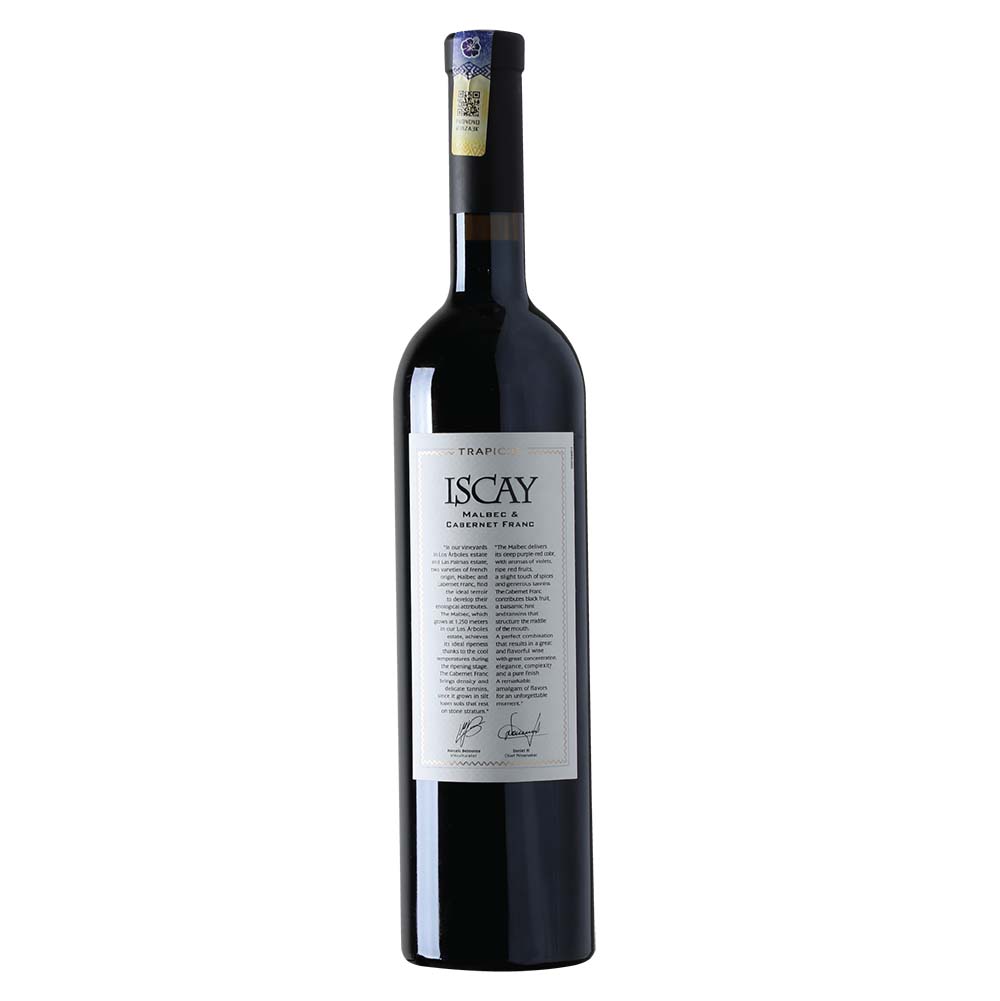
We’re nearing the end of 2020—treat yourself to a steak and this delicious Argentinian blend of 70 percent malbec and 30 percent cab franc. The latter gives the nose hints of tobacco and red fruit, while the palate brings more fruit and wonderful structure. These two grapes combine to make a highly satisfying wine.
Available online for about $70.
30. Couvent Des Thorins 2018 Moulin-A-Vent

If you’re feeling like an alternative to big, powerful reds, consider this cru Beaujolais, a more complex wine than the brilliantly marketed Beaujolais Nouveau. (Although this wine is about to benefit from some powerhouse marketing of its own; it’s now available at Whole Foods, thanks in part to being organically farmed and vegan-friendly.) Try this medium-bodied red with pasta, pork and poultry.
Available at Whole Foods and online for about $25.
31. Louis Roederer Brut Premier Champagne/2012 Thiénot and Penfolds Grand Cru Champagne
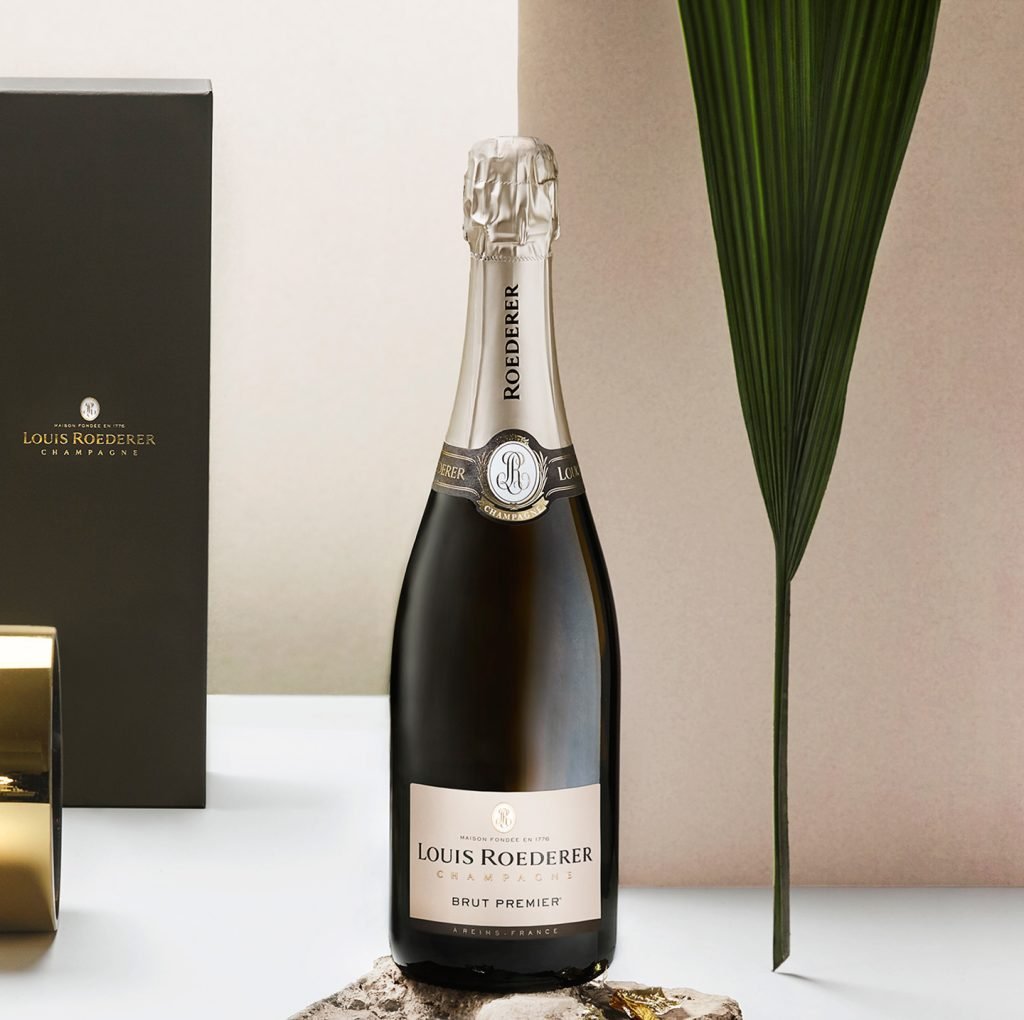
You don’t have much choice but to drink champagne tonight, so why not try something other than the usual suspects? This champagne is a blend of 40 percent pinot noir, 40 percent chardonnay and 20 percent pinot meunier. The crisp and elegant result has flavors of apple, citrus, lemon and hints of vanilla, pear and peach. It’s a delicious way to wrap up a distasteful year and look forward to a better new one.
Available online for about $55.
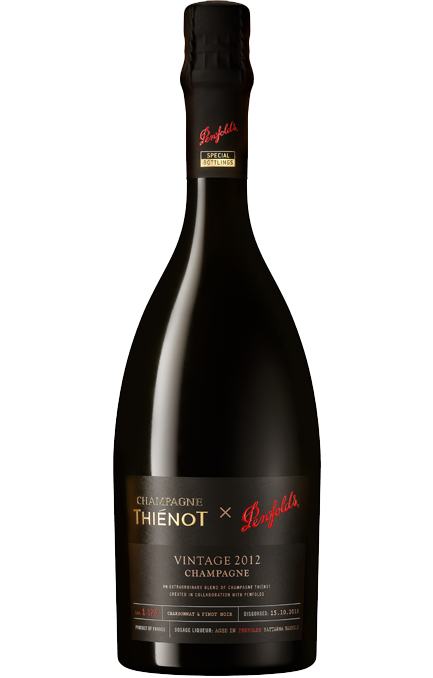
And for something truly different, the 2012 Thiénot and Penfolds Grand Cru Champagne represents an unusual partnership between the Australian winemaker and the French family champagne house. Marking Penfolds’ 175th anniversary, this champagne is a first-time collaboration between Thiénot chef de cave Nicolas Uriel and Penfolds chief winemaker Peter Gago, and the result is a sophisticated, dry champagne that you can drink now or happily age for a few years
Richard Bradley can be reached at [email protected].









